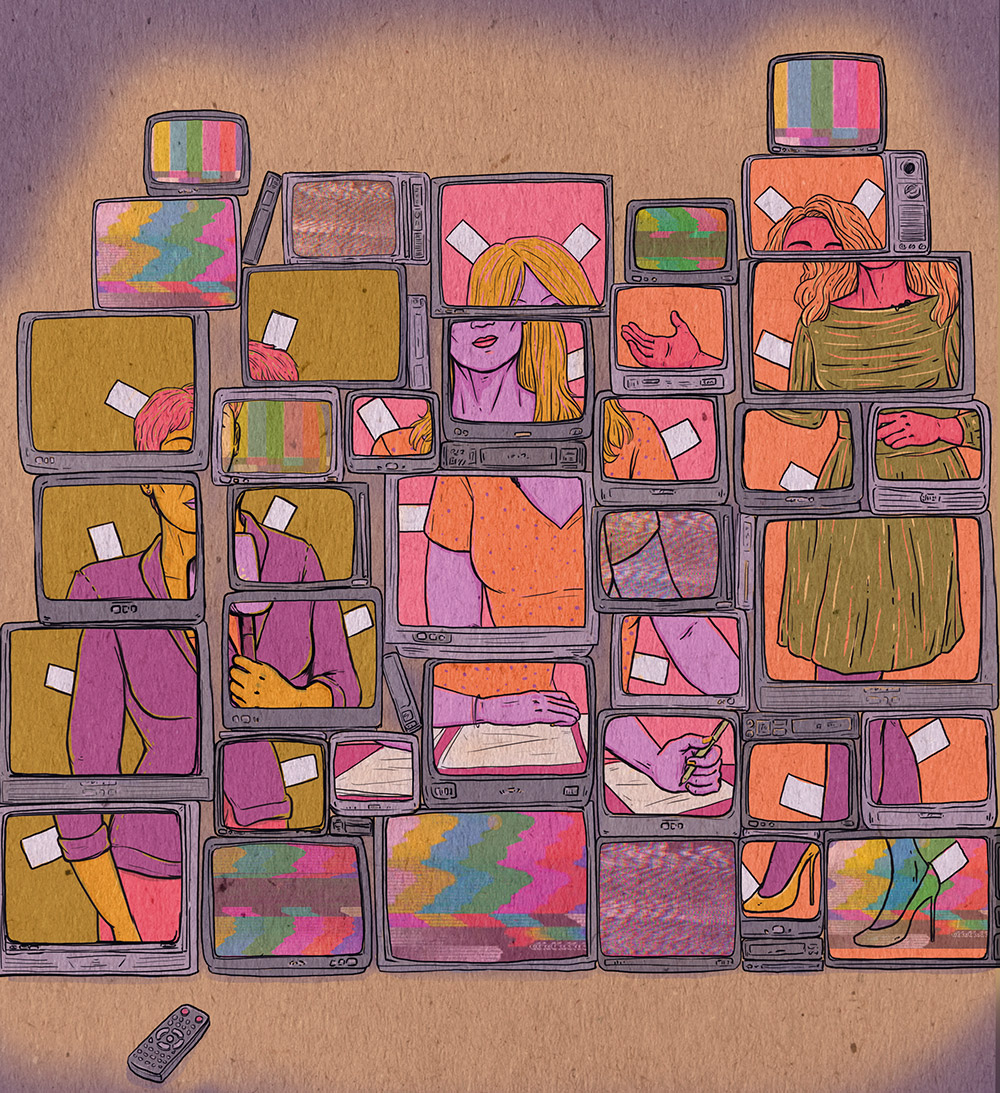Report 14 sexual assaults and 9 workplace harassment at the UPV/EHU
- Pikara Magazine has conducted a study on the aggressions registered in public universities in the Spanish state. Published data place the UPV/EHU on the podium of universities that have recorded the most attacks.

In April, the first version of the investigation requested by Pikara Magazine was made public to journalists Yuly Jara and Miguel Egea, based on data collected between January and April and which counted 236 assaults. After making these data known, other universities, which had not previously expanded the information, took the path of transparency and made more cases known, accounting for 275 attacks in the extension of the study presented on 8 October. Of these, 73 are cases of workplace harassment and 102 of sexual assault and gender-based violence. The sources have not specified what the remaining 100 cases that have been detected in the CAV refer to.
In the database that collects the information collected, it is observed that the UPV/EHU stands out among the universities that contain data from the Spanish State: After the University of Granada, it is the second university that has recorded the most attacks, together with the Autonomous University of Barcelona. In the UPV/EHU, fourteen sexual assaults and nine cases of workplace harassment have been recorded, totaling twenty-three cases. Regarding cases of sexual assault: on seven occasions the man has exercised violence against the woman*, and in two of the four cases the aggressor has been a professor and in two cases the student. With regard to cases of workplace harassment, eight of them have been among teachers and administrators, and one case among administrative and service staff.
Tip of the iceberg
24% of university students claim to have suffered sexual assaults at the university level
Researchers have warned that this data represents only a pointer panorama of the iceberg, revealing data from the 2014 research by Noelia Igareda and Encarna Bodelón: 24% of female university students claim to have suffered sexual assaults at the university level, although only a few of them have adopted the form of denunciation, as none of the assaulted people dare to report them.
In statements to Berria, sociologists Marta Luxan and Jokin Azpiazu, who have worked on the elaboration of a guide to cases of sexual violence at the university, have observed some features of the organization that help keep them secret, such as hierarchy or power relations. “The university is a very vertical space, and many of the aggressions are carried out by those in the hierarchy: thesis directors, laboratory officials...”, explains Azpiazu in a report by Maite Asensio. Luxan, for its part, focuses on power relations and how privatization reinforces: "It's not the same thing as the aggressor is a third-grader, a professor who takes a lot of money to college. It is a very different position of power and the university will not be able to demand the same from both. There we have a big problem, even more so when external funding is becoming more and more important at university. The privatization of universities has been a great imbalance of power: at a time it may have more power than the rector a professor who runs a very large research project.”
Because male violence is a structural problem, Lujan and Azpiazu believe that change should occur in the structure, otherwise the validity of protocols can be sterile: “Most want to solve the problem without touching the structures of the university, but they go to a blind street with no way out: there is a protocol, there are more and more complaints, and the problem will be more present, but it will be maintained, because the structure that generates the problem has not changed”.
The case reported by the Hainka group
The Hainka Feminist Student Group of the Leioa Campus of the UPV/EHU has denounced the sterility of protocols against male violence and the Equality Departments in the absence of changes in their structure.
On 8 March, at a press conference on 8 November, the Hainka group denounced that two female students participating in the feminist strike program were attacked by a male teacher and that the university has shown a passive attitude. As he pointed out, in addition to hitting two pupils on 8 March, this teacher has for years maintained a repressive attitude towards the most disadvantaged groups, teachers, workers and students have reported.
By: "Structural problems are not solved by one-off sanctions
According to several members, for having important positions in the university itself or in other institutions and a wide network of contacts, the aggressor "is not just any professor". These statements point to the hierarchy detected within the university by Luxan and Azpiazu, which manifest that the aggressor professor is reversing the impunity assigned to him by the place he occupies in his hierarchical structure.
Hainka members have denounced that the fact of going to the Department of Equality of the Rectorado of the UPV/EHU has not served them to have the support of the university and that the UPV/EHU has shown its complicity with the aggressor far from supporting the victims: “Looking outward and on paper, the UPV/EHU is presented as a progressive and feminist institution (…) With this process it has demonstrated its true character: an institution that has defended the anonymity and privilege of the aggressor in the face of such attacks and that has left the victims out.”
Following a public complaint, the UPV/EHU has decided to cease for a month the professor who committed the aggression. Faced with this, Hainka clearly states: “Beyond the teacher’s resources, if the decision of the UPV/EHU is still in place, it will return after a month, the problems they are campusera.Estrukturalak are not solved with one-off sanctions, much less with this type of mild sanctions. That’s why we demand that the UPV/EHU take this problem in its hands and, assuming its responsibility, support the students and adopt strict measures that provide an effective solution to the conflict.”
Eta zuk, txikitxo, honetan [kirol zehatz batean] jokatzen duzu?”. Horixe galdetu zion irakasleak nazioarteko emakume jokalari bati, gizonez betetako entrenatzaileen formakuntza-saioan. Esaldiaren paternalismoaz mintza ninteke, edo maila hartako kirolari hori bere esparruan... [+]
Almost thirteen years ago, he published in this same magazine a column entitled "Sympathetic potatoes." And in a way, it may be his continuation that he has begun to write now: Sympathetic children. On this occasion, as stated in the previous title, you talk about the role of your... [+]




















